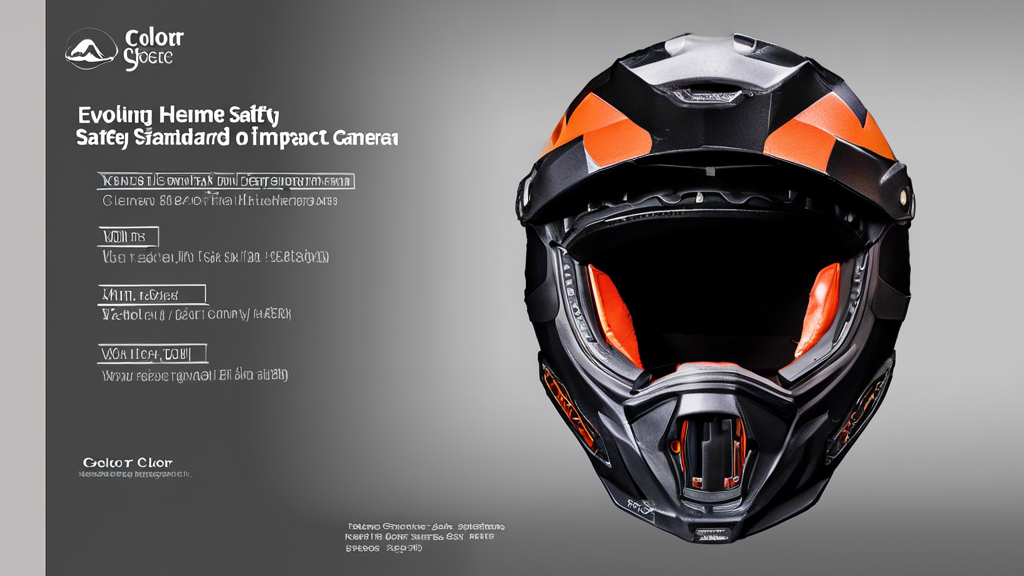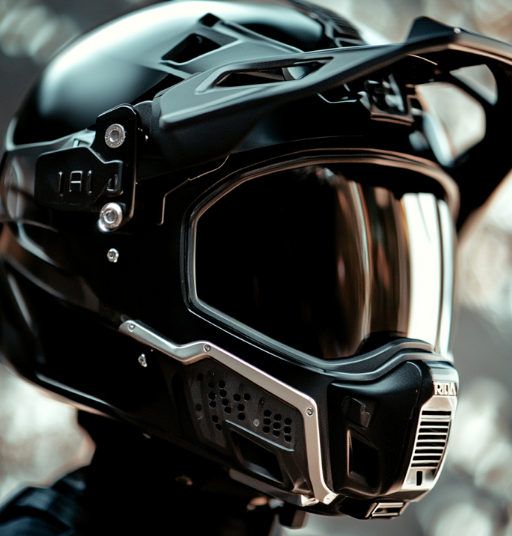In today’s fast-paced world, ensuring safety in sports and recreational activities has become paramount. One area that constantly evolves with technology and regulation is helmet safety and the related use of helmet-mounted cameras. Understanding these advancements and regulations is key for enthusiasts and professionals who rely on headgear for protection.
Understanding Helmet Safety Standards
Helmet safety standards are continuously updated to meet the dynamic challenges of modern sports. For instance, Snell Foundation has recently updated its standards to the M2025D and M2025R, illustrating heightened safety measures. Similarly, the Economic Commission for Europe (ECE) has transitioned from its 22.05 to the more rigorous 22.06 standards. These updates ensure that helmets provide optimal protection by mandating tests that assess various impact scenarios, improving the overall safety for users. Such standards are crucial in promoting the adoption of safer helmets, minimizing injury risks across various disciplines.
Alongside advancements in helmet safety, there is a growing emphasis on compatibility and the potential impact of adding accessories like cameras to helmets. As sports and recreational activities increasingly incorporate technology, the need for sound compatibility increases. Cameras mounted on helmets must align with the helmet’s design to avoid compromising its safety. Smooth helmets, for instance, may require specialized mounts, while vented helmets allow for more straightforward installation with minimal risk of affecting safety integrity.
The Implications of Helmet Cameras on Safety
While helmet cameras add value by capturing thrilling moments and enhancing analysis, they also pose safety challenges. Regulations, such as the FIA’s ban on helmet-mounted cameras during regulated events, reinforce concerns that protuberances like cameras may affect a helmet’s protective function. Helmets undergo testing without such attachments, hence the potential compromise on safety. Using cameras with breakaway mounts is recommended to mitigate risks, ensuring that if a crash occurs, the mount breaks away safely.
Moreover, considerations of weight and comfort play a significant role when choosing to mount a camera on a helmet. Adding even a small device can increase the helmet’s weight, leading to neck strain and reduced comfort over extended periods. For optimal performance and safety, lightweight and properly balanced cameras are essential. Proper adjustment and understanding of mounting systems can also alleviate possible discomfort.
In specific sectors such as equestrian sports, helmets must comply with specialized standards, including PAS015:2011 and VG1 01.040 2014-12, while bearing a QC mark. This requirement underscores the importance of rigorous safety protocols tailored to the demands of different activities. Helmets not adhering to these standards will soon become obsolete, shifting the focus to promoting the latest safety technologies.
Finally, while some standards, such as Snell and FIM, are voluntary, they denote high-quality assurance for those seeking additional safety guarantees. In contrast, mandatory standards like DOT FMVSS 218, although less stringent, ensure basic compliance for road-going helmets. The growing application of body-worn cameras in various fields further highlights the relevance of capturing activity for safety and accountability, demonstrating that camera use extends beyond traditional sports contexts.


